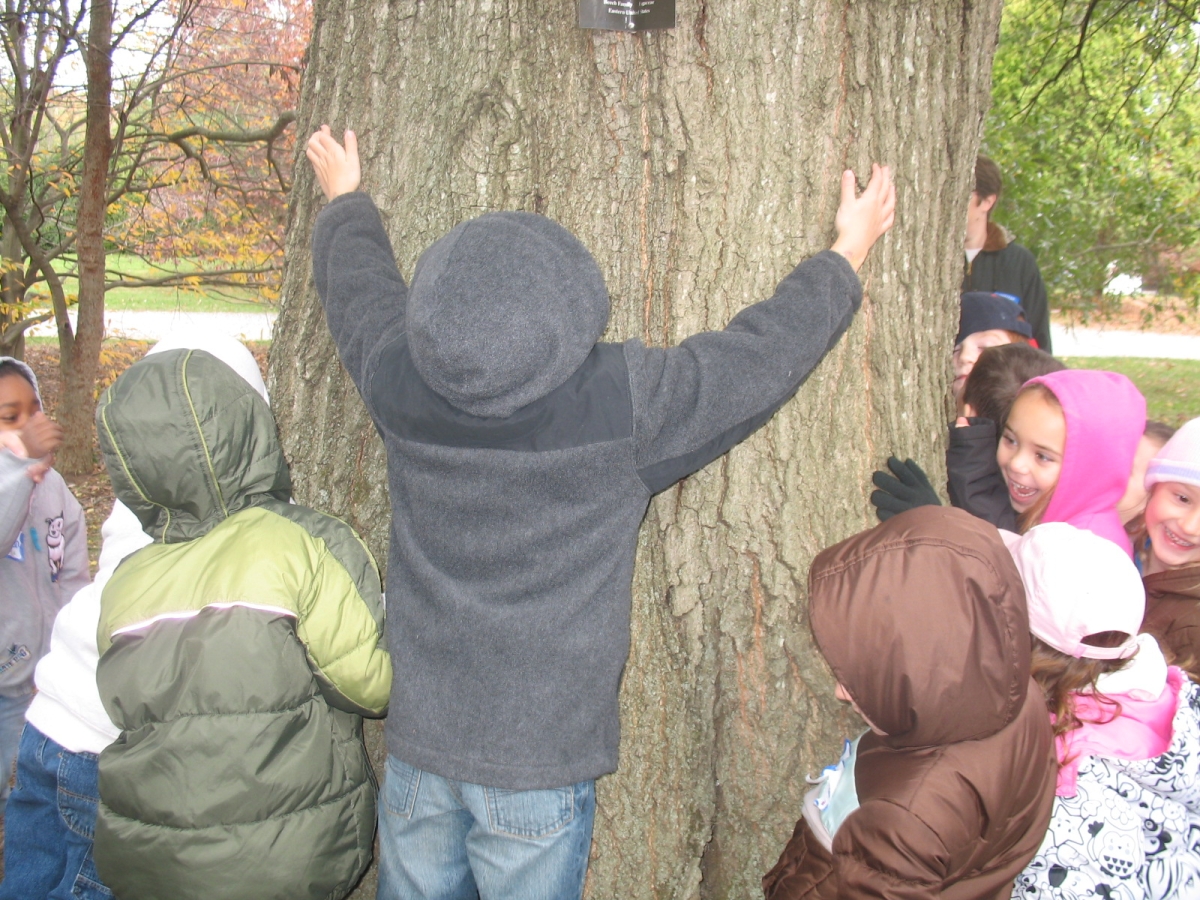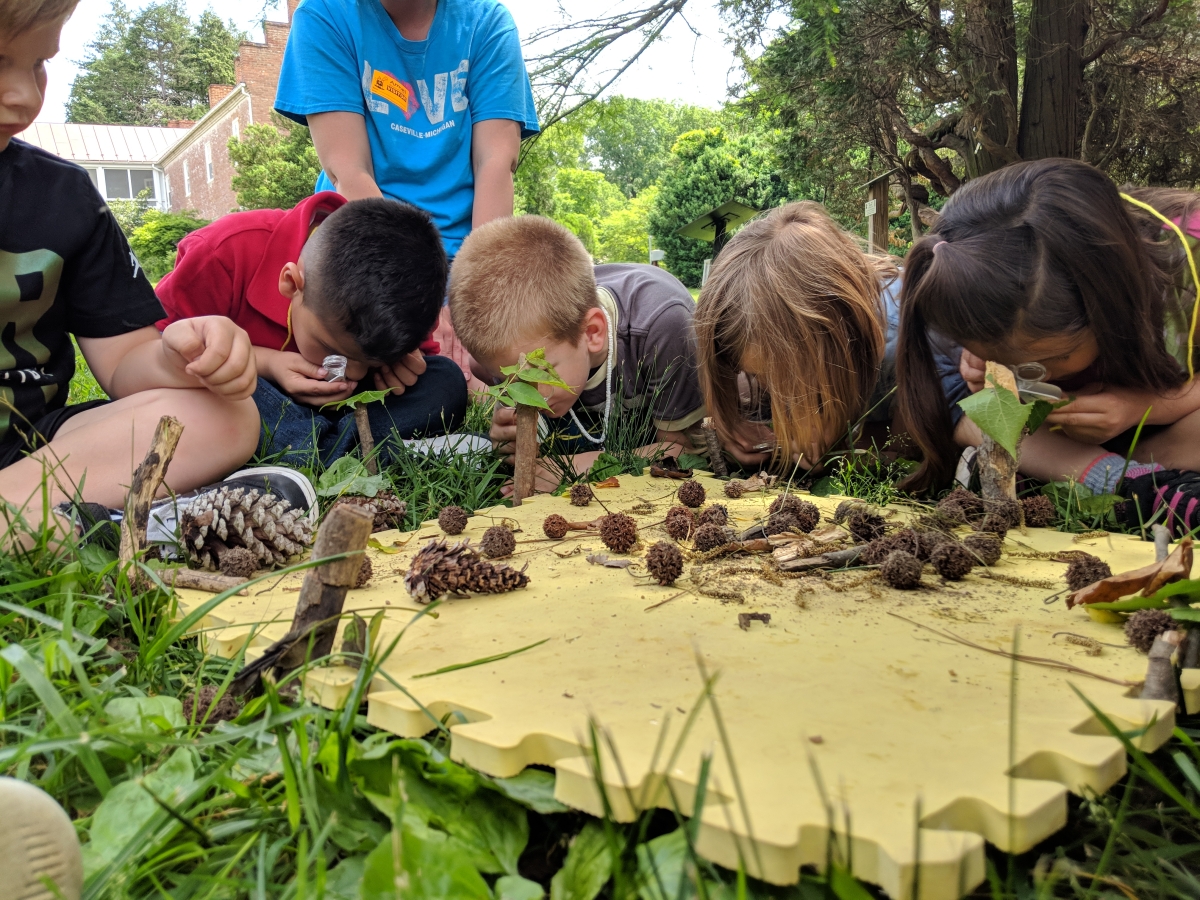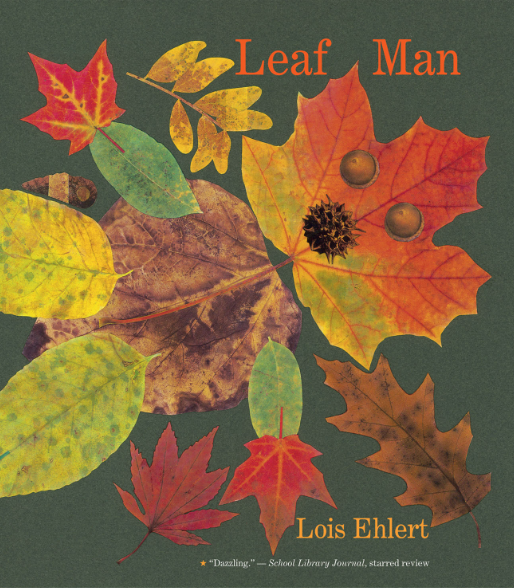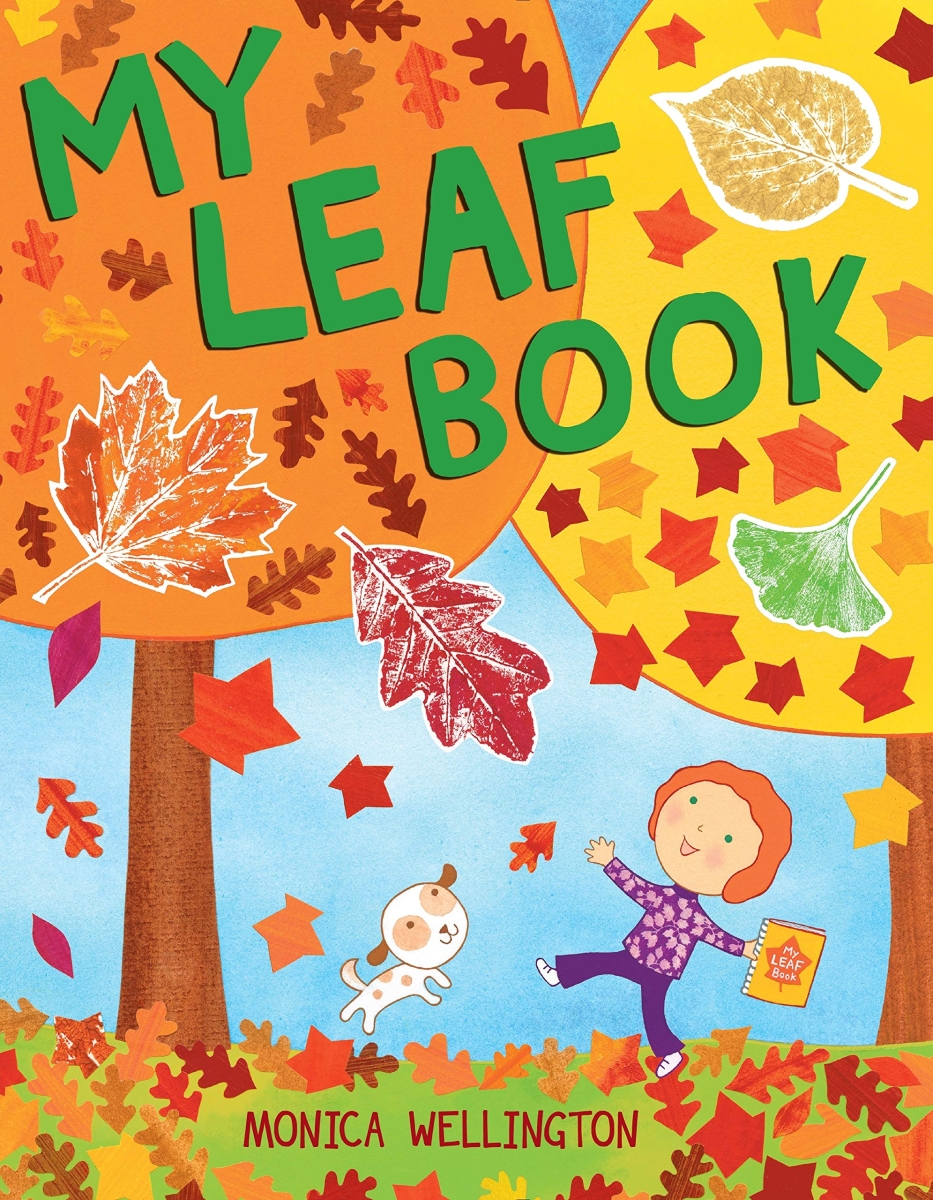- Visit
- Things to Do
- Learn
- Arboretum
- Research
- Support
- About
- People


 Designed for preKindergarten - Kindergarten
Designed for preKindergarten - Kindergarten
$4 per student
The outdoors is a wonderment to the senses and offers endless opportunities to explore found natural objects (with the help of a few carefully planned tools).
Young scientists get up close and personal with sensory examinations of tree shape and structure! Use pattern recognition, emergent literacy, and listening skills to discover the animals that live in and on trees. Practice motor skills while creating leaf shapes crafts and exploring the grounds of the Arboretum.
Target SOLs for the field investigation:
 ELDS Birth - 5 (2021)
ELDS Birth - 5 (2021)
Science: CD1.1h, CD1.1j, CD1.1l
Mathematics: CD3.3l, CD3.3m, CD3.3o
Science (2018) SOL: K.1, K.3, K.5, K.6, K.7, K.9
Math (2016)SOL: K.8, K.11, K.12, K.16
Field investigations are more meaningful to students when they are integrated into their curriculum: therefore we recommend several texts and associated activities to enrich your students' experience.
During your field investigations for our Early Explorers program students explore and observe plants and their habitats at the Arboretum. They compare shapes and colors, learn that plants go through a life cycle, have life needs, and similar parts.
Below is an overview of the “standard” program activities to assist you with integrating this field experience into the classroom experiences. This will change due to weather, the volume of students, or communication with environmental educators. Click here for a sample schedule (will vary depending on the number of classes).
Leaf Shape and Color Exploration Walk - Using shape cards we explore looking for leaves in the shapes of star, heart, oval, cat, and fan. Students may also do color comparisons with paint chips, describing, comparing, and contrasting their findings. While exploring, we think about tree needs and discuss evidence that trees are living things. We also use our other senses, listening to leaves and the creatures in the trees, touching leaves and bark pointed out by Blandy Educators, and possibly smelling in the herb garden.
Discovery Tree - Students sit on felt leaf shapes and tree cookies around a child-sized model tree. Each student gets to hold a felt model of an animal in the poem. As their creature is mentioned, they come up to place their organism in the described space of the tree. We then admire to wonder at the diversity of animals that can live in one tree.
Leaf Rubbing or Collage – Students will either place paper over laminated leaves and use a block crayon to rub, or are permitted to choose one leaf from each of the shapes and glue either to paper creating a leaf card, or to each other thus creating a collage.
Seed Museum - Using collection trays, we search the pollination garden and native plant trail to find seeds. Then, in pairs or small groups we sort the seeds based on their varying characteristics.

Plants & Trees: Leaf Man - Fiction
Author and Illustrator: Lois Ehlert
Grade: PK- 2 Lexile: Lexile: 460L
Suggested Activities:

Plants & Trees: My Leaf Book - Fiction
Author and Illustrator: Monica Wellington
Grade PK - 2 Lexile: Lexile: 450L
Suggested Activities:

Plants & Trees: We're Going On a Leaf Hunt - Fiction
Author: Steve Metzger Illustrator: Miki Sakamoto
Grade PK - 2 Lexile: Lexile: 410L
Suggested Activities: